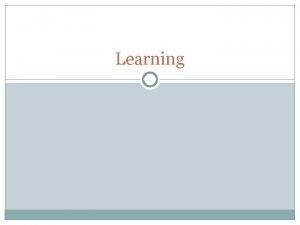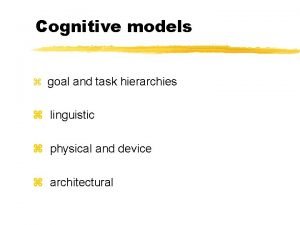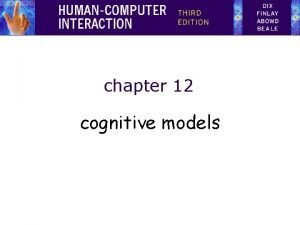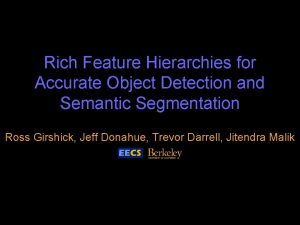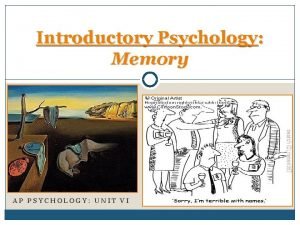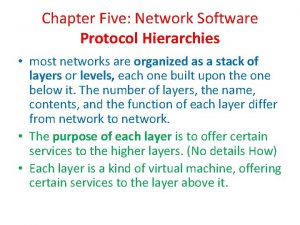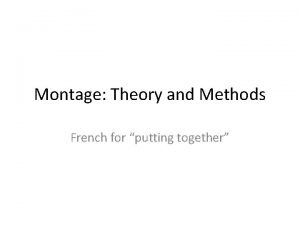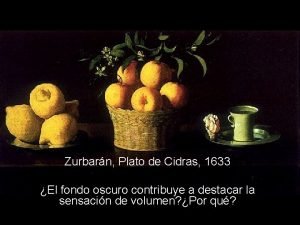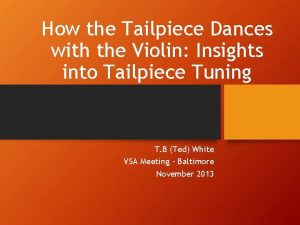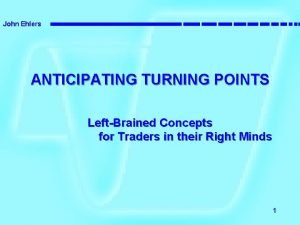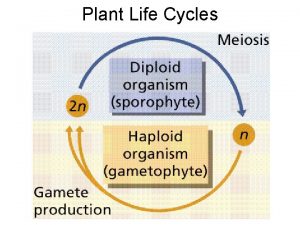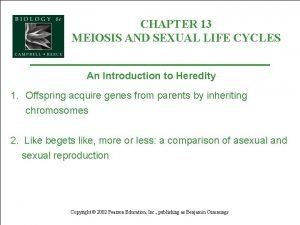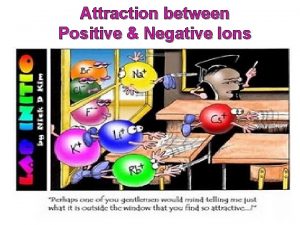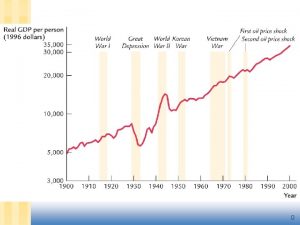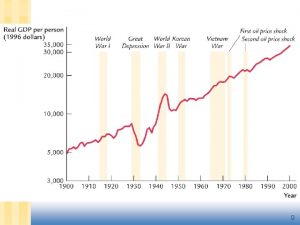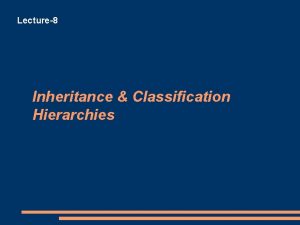Modelling tonal attraction Tonal hierarchies interval cycles and


























- Slides: 26

Modelling tonal attraction: Tonal hierarchies, interval cycles, and quantum probabilities Quantum Probability and the Mathematical Modelling of Decision Making Fields Institute, Toronto. March 9 -11, 2015 Reinhard Blutner Universiteit van Amsterdam 1

Symmetry and Invariance • Symmetries in Quantum Physics: “The universe is an enormous direct product of representations of symmetry groups. ” S. Weinberg • Symmetries in Quantum Cognition: ? ? ? – Vision (translation invariance) – Music (transposition invariance) Reinhard Blutner 2

Outline I. Cognitive Theories of Music II. Tonal Attraction: Empirical Data and Two Models III. The Quantum Model of Tonal Attraction Reinhard Blutner 3

I Cognitive Theories of Music 4

The Founding Fathers I Reinhard Blutner 5

The Founding Fathers II Reinhard Blutner 6

The Founding Fathers III • • Structural approaches – E. g. Guerino Mazzola, The Topos of Music – Music and Symmetry – Purely structuralist approach without probabilistic elements Bayesian approaches – David Temperley, Music and Probability – Music perception is largely probabilistic in nature – Where do the probabilities come from? • Quantum theory invites for the combination of both approaches Reinhard Blutner 7

III Tonal Attraction: Empirical Data and Two Models 8

The Experiment • 12 pitch classes (= tones) 1 3 6 8 10 0 2 4 5 7 9 11 0 • Diatonic scale • Experiment – Presentation of tonal context (scale or cadence) – Presentation of target tone – Judgment of tonal attraction (how well does the target tone fit into the given context? ) Reinhard Blutner 9

Results C C♯ D E♭ E F F♯ G A♭ A B♭ B major scale C C♯ D E♭ E F F♯ G A♭ A B♭ B (∙ KK data ∙) minor scale • Observations – the 7 tones of the (diatonic) scale have higher values of tonal attraction than the 5 tones which are not part of the scale – tones of the tonic triad have higher values than the other tones of the scale Reinhard Blutner 10

Lerdahl‘s Hierarchic Model of Tonal Pitch Space • The hierarchical model gives a good description of the empirical attraction profiles. • The levels are pure stipulations • Problems with minor scales and non. Western music Reinhard Blutner 11

Interval Cycles Model (Woolhouse 2009) • Basic idea: the attraction between two pitches is proportional to the number of times the interval spanned by the two pitches must be multiplied by itself to produce some whole number of octaves. – C F♯ (triton): icp = 2 (interval-cycle proximity) – C G (fifth) : icp = 12 C Reinhard Blutner C♯ D E♭ E F F♯ G A♭ A B♭ 12 B

Attraction Profiles for Minor Scale icp for a context = averaged icp over all tones of the context Partial Profiles (7 scale tones) using the KK data for C minor ∙ Full Profiles (11 tones) using the KK data for C minor ∙ Context X: harmonic C minor scale Context O: chord G 7 r = 0. 68 Reinhard Blutner r = 0. 045 13

Comparing the Models • Hierarchic Model: The important empirical facts are directly stipulated: – by assuming a "diatonic scale space" (level 4) that includes all scalar notes – by assuming a higher order "triadic space" (level 3) that includes the tones of the triadic space. • ICP model: The model seeks to derive the basic traits of major and minor attraction profiles, rather than to stipulate them. – Absolute (key-independent) profiles are defined using the ICP – Context-dependent icps are defined by averaging – Methodologically interesting but empirically inadequate (Quinn 2010) Reinhard Blutner 14

IV The Quantum model of Tonal Attraction 15

Qubit states • A bit is the basic unit of information in classical computation referring to a choice between two discrete states, say {0, 1}. • A qubit is the basic of information in quantum computing referring to a choice between the unit-vectors in a twodimensional Hilbert space. • For instance, the orthogonal states and can be taken to represent true and false, the vectors in between are appropriate for modeling vagueness. Reinhard Blutner 16

Bloch spheres Real Hilbert Space: Complex Hilbert Space Reinhard Blutner 17

The circle of fifths z x Krumhansl & Kessler 1982: How well does a pitch fit a given key? (scale from 1 -7) Reinhard Blutner

Mathematical Background • Invariance under transposition • Cyclic groups Cn: groups isomorphic to the group of integers modulo n. C 12 12 tones C 12 • 4 generators of the group: – x 1 mod 12 (chromatic circle) – x 7 mod 12 (circle of fifth) Reinhard Blutner 19

Representation Theory • Reinhard Blutner 20

Absolute and Relative Pitch Profiles • Absolute Pitch Profiles Quantum ICP • Relative Pitch Profiles Given a tonal context (chord, scale, cadence), the pitch profile is calculated by averaging (mixing) over all tones of the context. Reinhard Blutner 21

Probabilities for pitches relative to a key (Tonica / Scale or Raga) Tonica C major 0246810 0. 6 0. 4 0. 2 12 ? Ionian C G Reinhard Blutner D A E B F♯ C♯ A♭ E♭ B♭ F 22

Major/minor keys 02. 4. 2. 8. 6 C G D A E B F♯ C♯ A♭ E♭ B♭ F 23 Reinhard Blutner

Empirical Comparison C Major r = 0. 78 Ionian C G D A E B F♯ C♯ A♭ E♭ B♭ F C Minor r = 0. 69 ♭ C G D A E B F♯ C♯ A♭ E♭ B♭ F Reinhard Blutner ♭♭ Aeolian Krumhansl & Kessler 1982 Kostka & Payne 1995 24

Taking Phases into Account C Major r = 0. 95 Ionian C G D A E B F♯ C♯ A♭ E♭ B♭ F C Minor r = 0. 97 C G D A E B F♯ C♯ A♭ E♭ B♭ F ♭ ♭♭ Aeolian Krumhansl & Kessler 1982 Reinhard Blutner 25

Conclusions • Cognitive models of music should integrate structural factors (based on symmetries) with factors of uncertainty (quantum probabilities). • The example of tonal attraction shows how a cognitive theory of expectation can be constructed. The quantum model is superior to both the hierarchical approach (Lerdahl) and the ICT approach (Woolhouse). ‒ ‒ • Better fit with the data when the phases are included. New view on innateness and symmetries. Assuming symmetries are part of the musical instinct, we can say: 50% (of the variances) of the attraction profiles are innate, 40% are learned. Symmetry and Invariance Quantum Cognition Reinhard Blutner 26
 Nada cg berjarak
Nada cg berjarak Fixed ratio schedule
Fixed ratio schedule Fixed interval vs fixed ratio
Fixed interval vs fixed ratio Issues for goal hierarchies
Issues for goal hierarchies Issues for goal hierarchies
Issues for goal hierarchies Rich feature hierarchies for accurate object detection
Rich feature hierarchies for accurate object detection Context dependent memory ap psychology
Context dependent memory ap psychology Network software protocol hierarchies
Network software protocol hierarchies Misguided little unforgivable hierarchies
Misguided little unforgivable hierarchies Protocol hierarchies
Protocol hierarchies Compare and contrast carbon and nitrogen cycles
Compare and contrast carbon and nitrogen cycles Pudovkin's 5 editing techniques
Pudovkin's 5 editing techniques Clave tonal baja
Clave tonal baja Tonal sketching
Tonal sketching Isometric freehand drawing
Isometric freehand drawing Clave tonal contrastada
Clave tonal contrastada Tonal tailpiece
Tonal tailpiece Stockspotter.com
Stockspotter.com Fadlife
Fadlife Plant life cycles and alternation of generations
Plant life cycles and alternation of generations Chapter 13: meiosis and sexual life cycles
Chapter 13: meiosis and sexual life cycles Chapter 13 meiosis and sexual life cycles
Chapter 13 meiosis and sexual life cycles Which geometric modeling has ambiguous representation
Which geometric modeling has ambiguous representation Modelling relationships and trends in data
Modelling relationships and trends in data Problem solving and modelling task
Problem solving and modelling task What is the attraction between positive and negative ions
What is the attraction between positive and negative ions Attraction and close relationships in social psychology
Attraction and close relationships in social psychology


